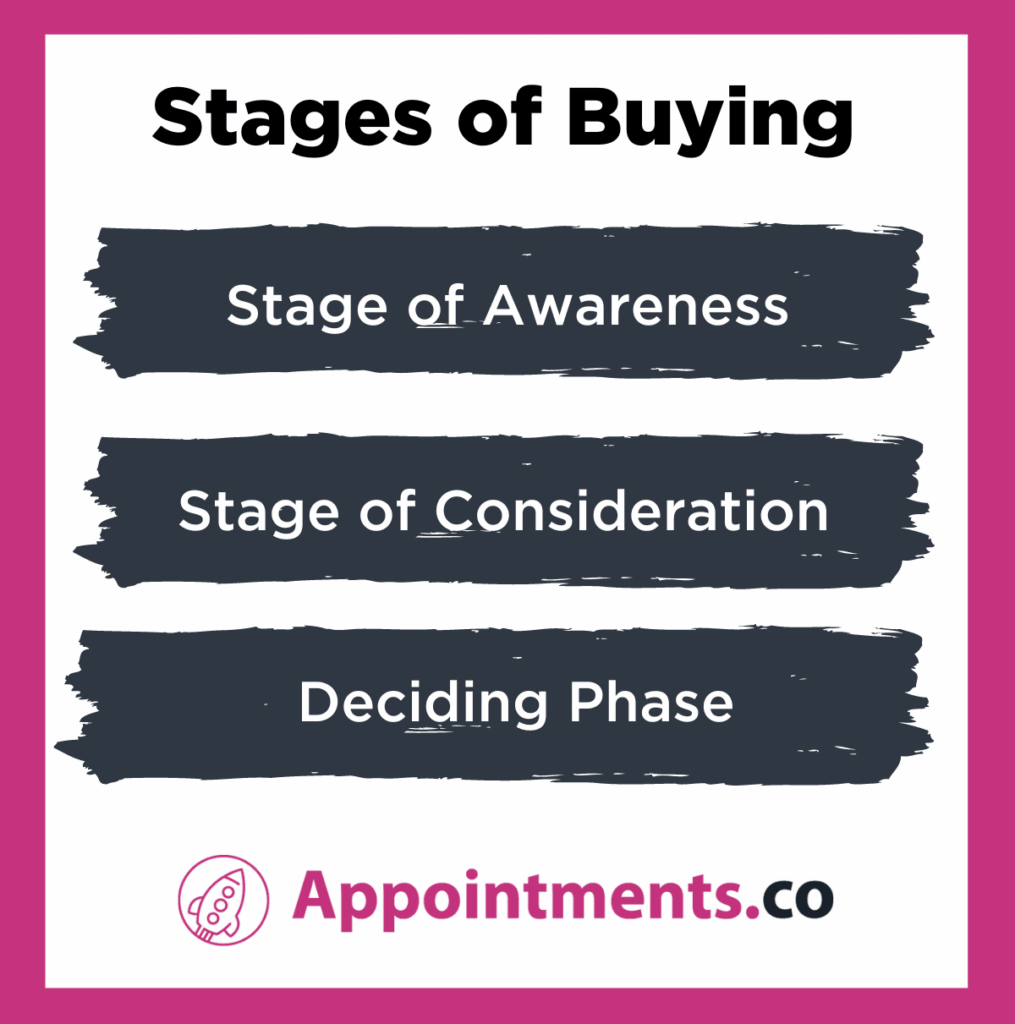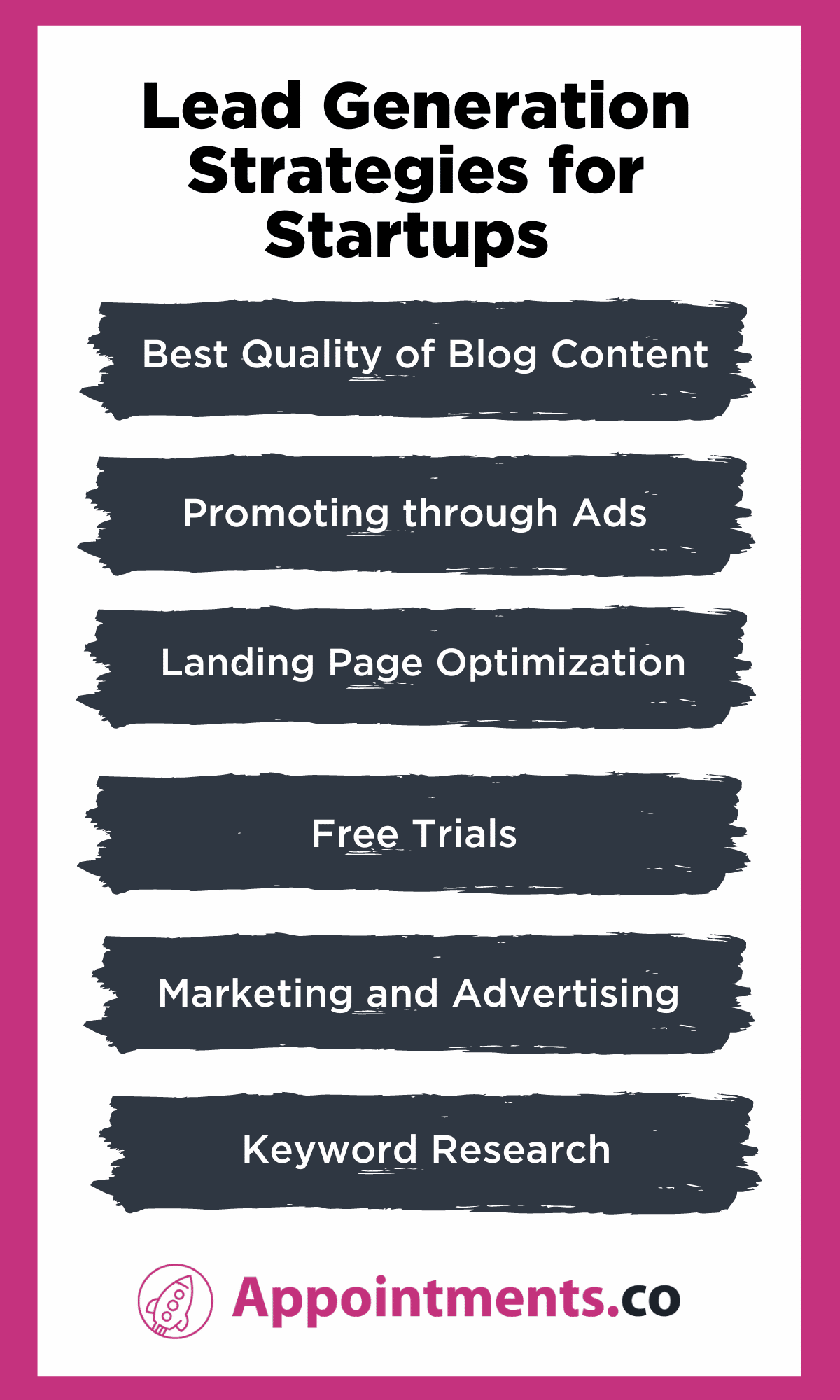Worried about the fear of stepping into your dream business and running the risk of failing? With a clear understanding of marketing concepts, strategies, quality products, website optimization, and content marketing, you can elevate your startup business to reach new heights and survive in the market.
What are the important things you should know about lead generation for startups? Do you how to strategically attract interested customers to your business?
In this article, let us explore effective lead-generation strategies for startups.
Links for Easy Navigation:
- What is Lead Generation?
- The Importance of Lead Generation for Startups
- Stages of Buying
- Lead Generation Strategies for Startups
- FAQs
What Is Lead Generation?
Gaining more audiences by advertising your business and creating brand awareness is known as lead generation. Leads are not customers, instead, leads are likely to become customers based on your marketing team and sales operations, and the strategies they implement to convert them.
Importance of Lead Generation for Startups
The purpose of lead generation strategies for startups is to identify and attract potential customers or clients who have shown interest in the products or services offered by the startup. Lead generation is a crucial aspect of any business, including startups, as it helps to build a customer base and drive revenue growth. Here are some key purposes of lead generation for startups:
#1 – Building a Customer Base
Startups need to establish a solid customer base to sustain and grow their business. Lead generation helps in identifying individuals or businesses who have expressed interest in the startup’s offers, allowing the startup to nurture and convert these leads into customers.
#2 – Increasing Sales and Revenue
By generating leads, startups have the opportunity to convert them into paying customers. More leads mean more potential customers, which ultimately leads to increased sales and revenue for the startup. Most marketers rely on SEO, Personalized emails, paid ads, social media platforms, and landing pages to generate leads and boost revenues.
#3 – Market Validation
Lead generation helps startups gauge the market demand for their products or services. By collecting leads and analyzing the response, startups can determine if there is a genuine interest in what they offer. This feedback is valuable for refining their offers and making necessary adjustments to align with customer needs.
#4 – Establishing Brand Awareness
Lead generation activities, such as content marketing, social media engagement, and advertising, contribute to building brand awareness for startups. By reaching out to potential customers and engaging with them through various channels, startups can increase their visibility and credibility in the market.
#5 – Developing Relationships
Lead generation provides an opportunity for startups to establish and nurture relationships with potential customers. By engaging with leads through personalized communication, providing valuable information, and addressing their needs, startups can build trust and credibility, laying the foundation for long-term customer relationships.
#6 – Data Collection and Analysis
Lead generation allows startups to gather important data about their target audience. By collecting information, such as demographics, preferences, and behavior patterns, startups can gain insights that help them tailor their marketing strategies, refine their offers, and improve their overall business operations.
Overall, lead generation is vital for startups as it helps them identify and attract potential customers, drive sales, validate their market, build brand awareness, develop relationships, and gather valuable data for strategic decision-making. It plays a crucial role in the growth and success of startups in today’s competitive business landscape.
Stages Of Buying
A buyer’s journey has three stages, which are as follows:
- Awareness Stage
- Consideration Stage
- Deciding Phase
Each level is relevant to all marketing disciplines. Customers seek their problems at the Awareness stage. You need to target the audience by providing more details about your product.
When customers are familiar with your product, they can determine whether their problem can be immediately identified. Therefore you should assure your customer that you will be able to solve their problems.
When leads make decisions based on their research, the process has reached its conclusion. What part do we play at this stage? With the help of the information you provided in the method mentioned above, they were able to make an informed choice and eventually become your leads.

Awareness Stage
The awareness stage is the initial stage of the purchasing process. This stage involves developing content & market strategies, educating customers about our products, services and brand to attract leads. If it goes well and the customer is convinced then he would proceed to the next step which is consideration stage.
Consideration Stage
Consideration stage is the phase of sale funnel where the potential customer seek for the explanation about the available products, answers for their queries, and they will compare the existing options that they can opt for. And thts how they will consider which option works best for them throughout long run.
Deciding Phase
Deciding phase is the last stage of purchasing process where the potential customer has to come up with an decision. This decision is entirely depending on the impact that had been made on the potential customer by the approacher. Once this stage is done and the customer is convinced as well they will proceed to work together.
The different lead generation methods are:
- Generating inbound lead
- Generating outbound lead
Want to know more in detail refer to our blogs on Inbound leads and Outbound leads.
Lead Generation Strategies for Startups

1. Best Quality of Blog Content
Most startups require more product promotion and advertising. In addition to providing more compelling content, so the buyers obtain more information about your product, you can focus more on blogging to draw leads to your website.
2. Promoting through Ads
Because so many people use social media, Facebook is one of the best places to get a huge audience. You should place your marketing advertisements there, especially if your company is new and needs more funding for advertising.
Facebook advertising is one of the top lead-generation techniques. It offers trustworthy leads and promotions for your products.
3. Landing Page Optimization
It is one of the best concepts for the lead-generating startup to advance their product on one level. You may optimize your landing page by using SEO techniques.
To encourage leads to visit the page, try implementing customer evaluation, an involvement registration form, or other crucial components. Additionally, you must frequently refresh your landing page for a greater conversion rate.
4. Free Trials
If your product is valuable but expensive, you can provide customers with the choice of a free trial. Customers won’t hesitate to purchase a product or service if they enjoy it during the trial time. By doing this, you can attract more customers to your product.
5. Marketing and Advertising
Advertising is efficient and enables your business to monitor website traffic. Nomadic visitors continue to see advertisements on your website for weeks after their initial visit. What role did it play? It operates similarly, putting data on your website and assigning cookies to visitors.
The advertisements can show every time they visit somewhere else, owing to the cookies. It gives you a reasonable possibility of acquiring consumers in the future.
6. Keyword Research
When searching for things online, people use specific terms. The intended audience will find it appealing. Consider what keywords customers would expect to perform well before choosing a word.

7. Split Testing
Run a split or A/B test before publishing it on the landing page. The split test compares two distinct layouts with the same content to see which produces more leads.
8. Create a Video for Your Product
You may also use a video to explain your product and respond to frequently asked questions from the lead’s perspective. Most viewers still don’t read posts thoroughly, but if there are videos, they can watch them, which drives target traffic to your website.
9. Targeting Emails
One of the main elements of digital marketing is the email marketing campaign. Creating an ideal customer profile (ICP) for your audience will help you target potential customers and advertise your business directly to their inbox. It provides direct access to your business.
Tips for Cold Emailing
- Ensure the emails are responsive to mobile devices.
- Describe the product and the benefits it offers.
- Verify that the subject line has something to do with customers.
- Use appealing subheadings and bullets when writing continually for information.
10. Attract Customers with Offers and Discounts
Increase your website’s conversion rate by making better offers. If you have a product to sell there, you can offer additional free resources to encourage customers to buy and boost the conversion rate.
11. Host Webinars
The hosting of webinars is another new lead-generation technique. Try to host webinars with related companies that your clients find interesting. This method is unique and immensely useful. Therefore, if you want to understand more, research this topic.
12. Engage with Leaders Who Have an Impact
An additional well-known technique for lead generation is influencer marketing. Contact influencers and request that they use their platforms to promote your goods. This makes it easier to add more leads to your product.
Followers of the influencers who review your product turn into your leads. E-books also assist them in learning more about your website.
13. Having Q&A
You may develop a robust platform for your brand and generate ideas for product names by responding to forums and Q&A websites. One of the best Q&A websites is Quora. You identify enormous markets for your goods. Giving the best response increases website traffic and promotes partnerships.
Have a look at the following infographic as a quick recap:
Frequently Asked Questions
1. What is B2B lead generation for startups?
B2B lead generation is the process of searching, recognizing potential buyers, and convincing them to purchase the product or service.
2. How do I find startup leads?
– Optimizing your website often
– By sending personalized emails to the target audience
– Revamping content marketing strategies
– Collaborating and networking
3. Is lead generation an SEO?
No, lead generation and SEO are two different concepts with their own different aspects. As SEO is focused on increasing website traffic on the other hand Lead generation is majorly focused on increasing the number of clients or potential clients for your business.
4. What are the difficulties in lead generation of startups?
– Limited brand awareness
– Intense competition
– Difficulty in defining the target audience
– Lack of efficient networking
– Limited marketing budget
– Trust and credibility challenges
5. What are all the tools used for lead generation?
LinkedIn, Marketo, Unbounce, Keap, and Pipedrive are some of the major tools used for lead generation for startups.
Way to New Beginnings
We hope these strategies for lead generation for startups will help you compete and survive over time. You can now choose the lead generation tactics that will work best for your products and company. But keep in mind that outbound marketing produces results quickly. Inbound marketing, however, could take some time. Following these lead-generation strategies will help you achieve your goal by increasing your appointments and converting leads into customers for your businesses.
Related Posts:
Illustrations by Storyset



